Our lives are filled with patterns and repetition, but we don’t always notice them. Patterns are sometimes man-made and other times a result of natural repetition. Wherever you find patterns, they’re sure to make wonderful photos with a strong visual impact. In this tutorial you’ll learn where to find visual repetition in the environment around you, and how to use patterns to take incredible abstract photos with your iPhone.
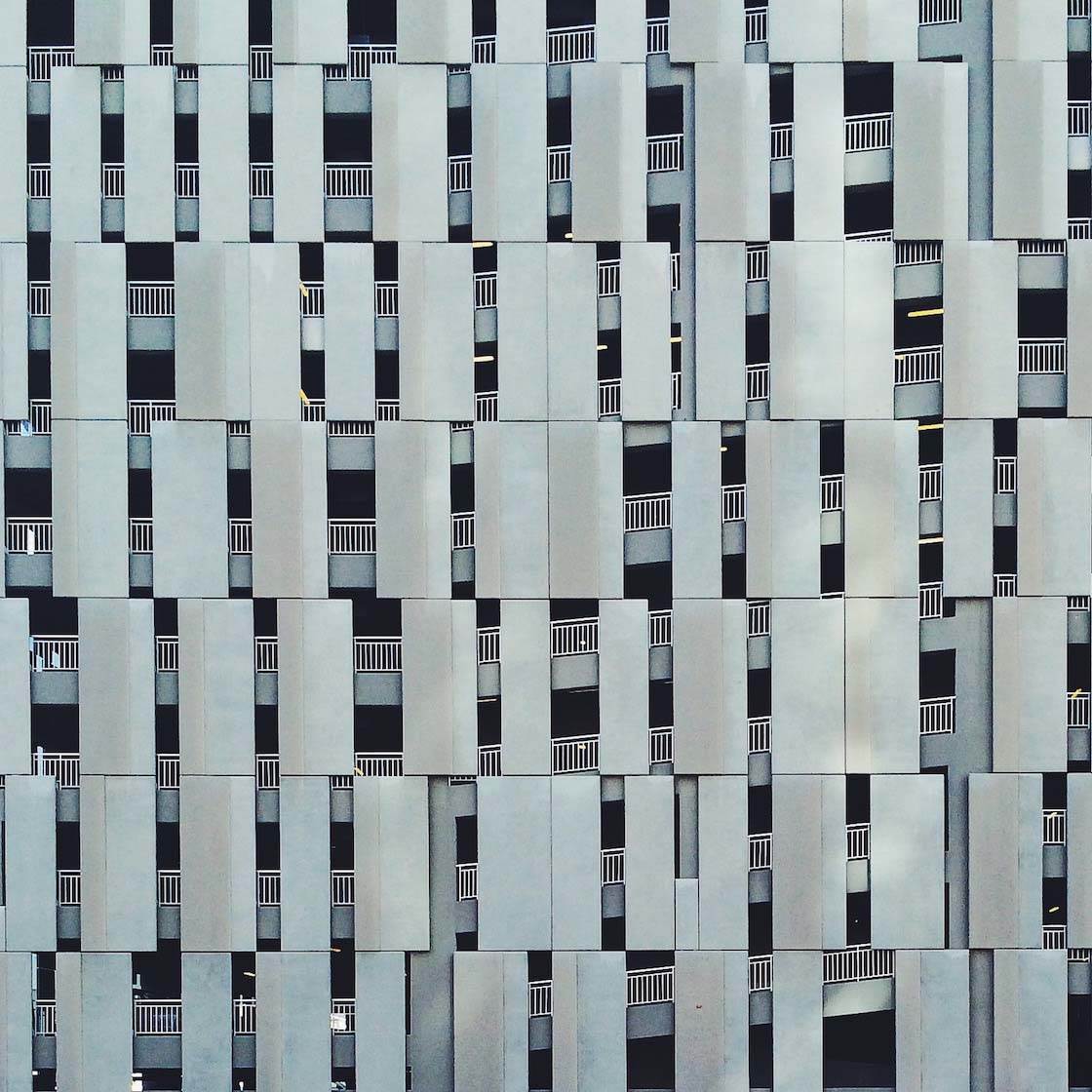
1. Find Patterns
Patterns have a tendency to go unnoticed, and most of the time it can be in the eye of the beholder to discover them. Patterns appear whenever strong graphic elements repeat themselves, for example, lines, geometric shapes, forms and colors.
Spotting patterns can take time. The key here is to always keep an eye out for patterns and repetition that appear across your path.

Patterns are sometimes intentionally man-made for decorative purposes, such as tiles on a wall or floor.
Urban elements such as windows on the front of a building, lamp posts on a street, a zebra crossing, shadows of a fence projected on a sidewalk, stacked up shopping carts, a cobblestone road, or a brick wall are just some of the places where you can find visual repetition.

Other times, patterns are purely as a result of natural repetition found in nature, like the peel of a pineapple, a row of trees, ripples of sand, a pebble stone beach, a pile of chopped logs, veins in a leaf or a coiled shell.
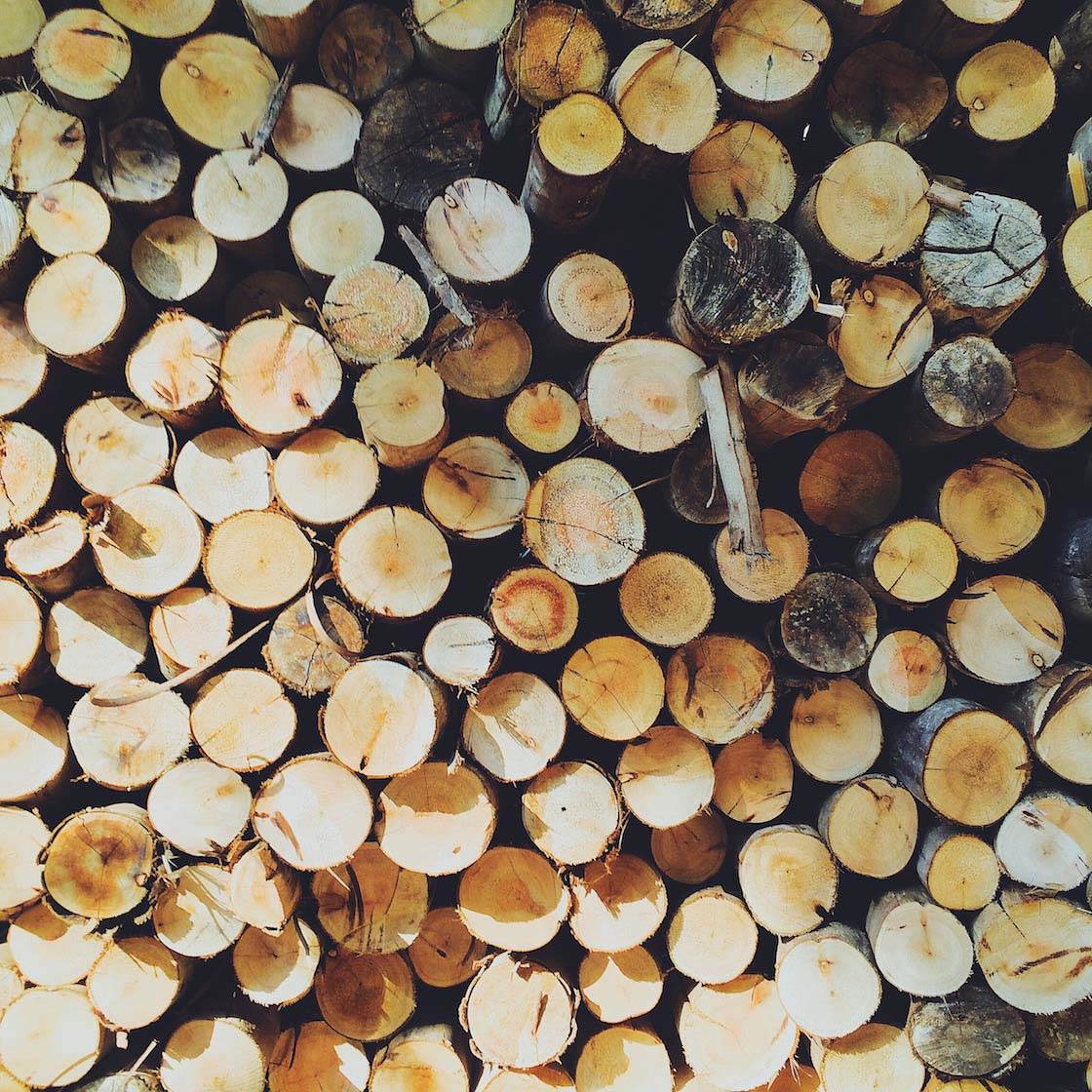
It can take some time to train your eye to catch all of the patterns around you, but once you start noticing them you’ll be amazed at how many you’ve missed out on.
Absorbing them into your photography from now on will be fundamental. Patterns, when used effectively, can produce a fascinating element of visual interest.

Once you start seeking these scenes, you’ll automatically keep it in the back of your mind, and in the near future when you find yourself in front of a similar setting, your desire to photograph that sight will absolutely show! 
2. Shoot Different Perspectives
Changing your shooting angle can bring your photography to a whole new level. Never settle with one simple eye-level picture right from where you’re standing.
You have to move around, trying new and different angles. This tip is very useful in all kinds of photography, but especially so when photographing patterned repetition.
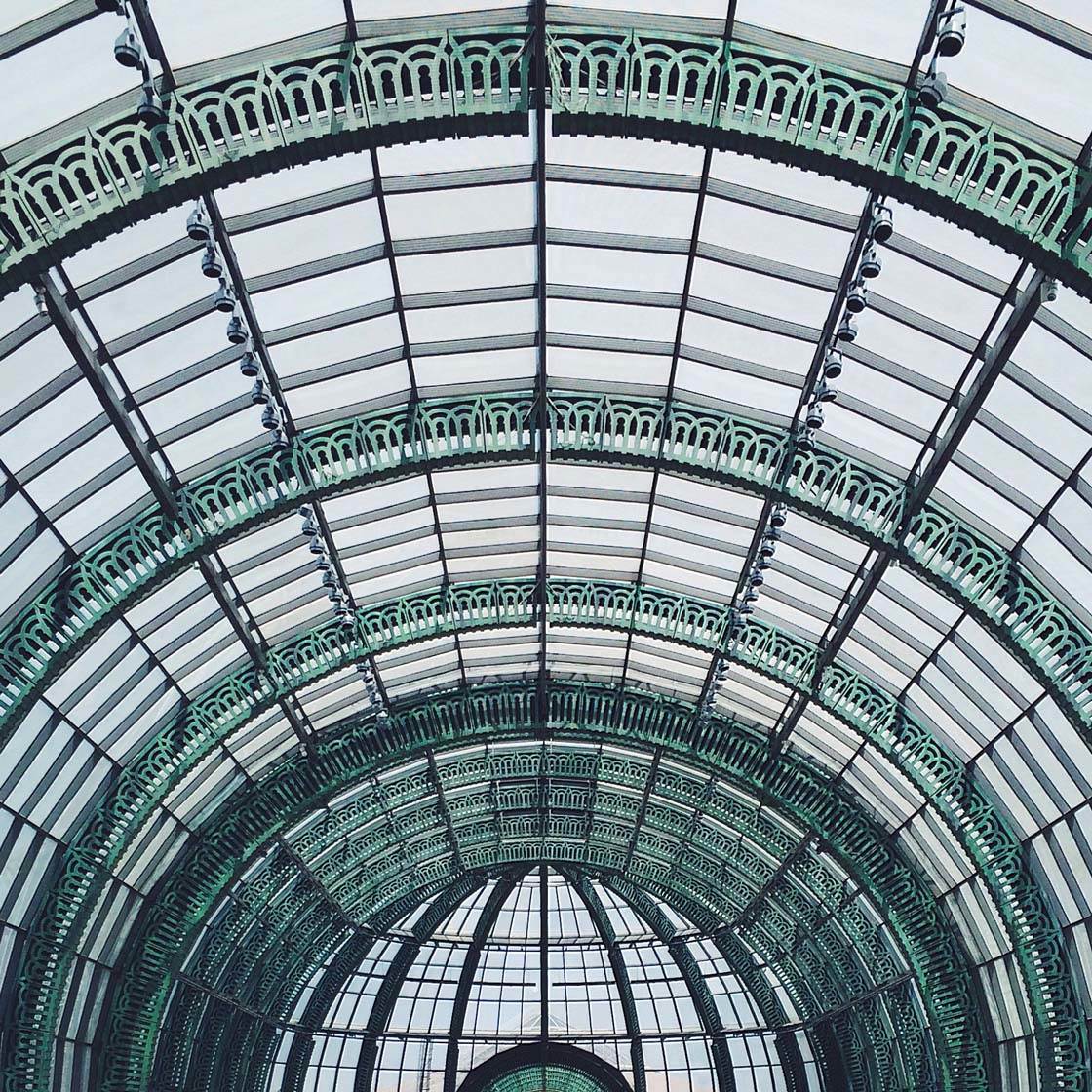
Use the lines that the scene provides you to create your own composition. Take your time to get to know and explore the subject while clicking the shutter button. Shoot from a low angle and watch how that point of view changes.
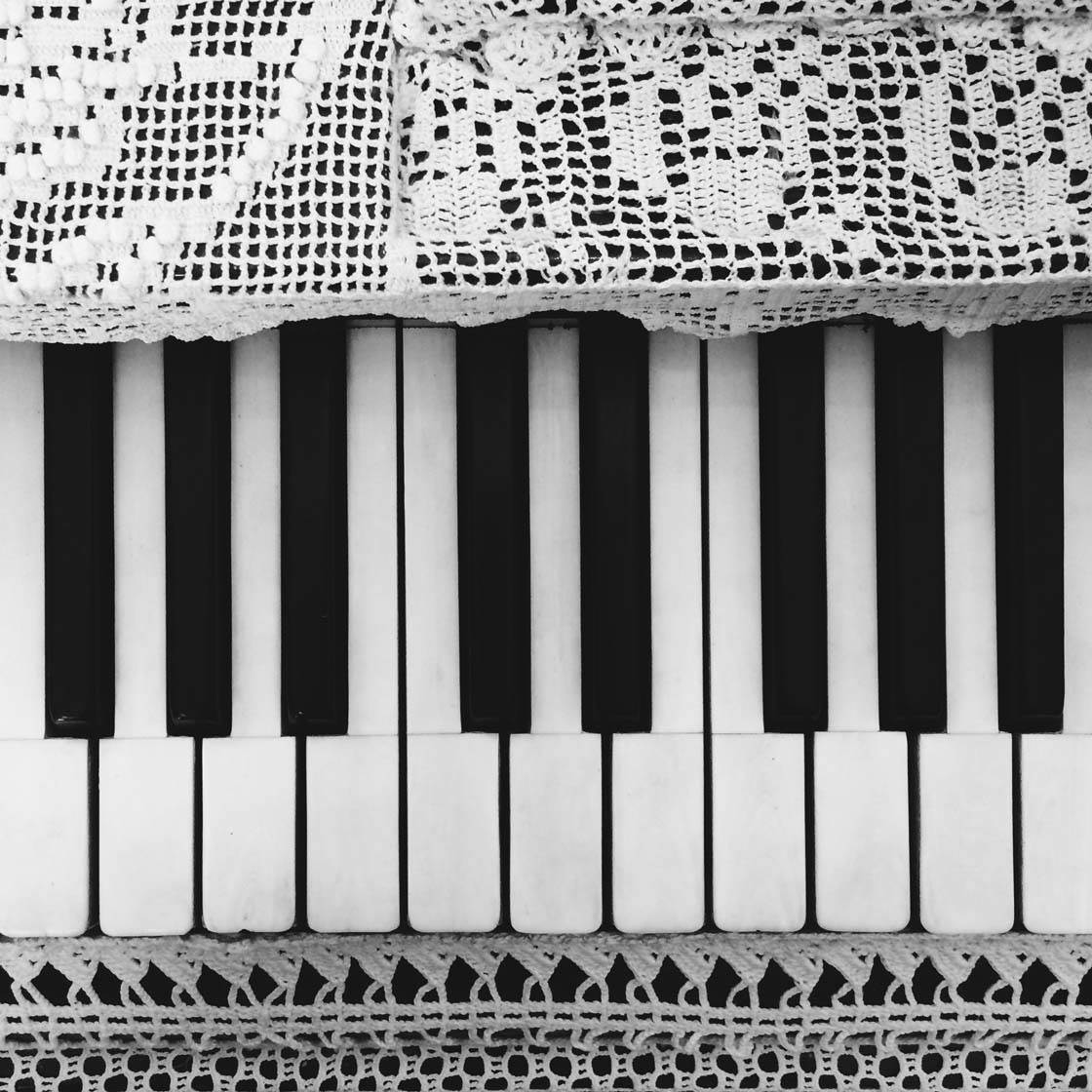
Move closer to fill the frame, or take a step back and let the background into the picture. Get high above the normal line of sight and you will definitely have a new perspective. You’ll only know if that was the best angle to portray the subject after you’ve tried them all.

In this photo, repetition was found by looking directly up through the inside of a ladder on a water tower. The pattern was created by the repetition of the outside safety rings on the ladder’s steps. With this type of image it’s important to get the subject aligned just right in order to create a symmetrical composition.
3. Fill The Frame
A good tip for photographing patterns is to fill the frame with the subject you want to portray. This creates a more powerful image by removing all distracting components from the scene, focusing attention on the pattern itself.
Without any distraction in the background, you’ll avoid diverting attention to the unnecessary elements of the scene. The forms, shapes and colors of the pattern will speak for themselves, creating wonderfully eye-catching abstract images.

Filling the frame provides a sense of clarity, involvement and comfort, bringing the viewer into the image, making them focus and experience the essence of the subject you photographed.
By eliminating the edges of your pattern, you create a perception of amplitude to the whole scene and the observer loses references to where it all begins, where it ends or even how big it is. This is when you know that filling the frame was used successfully.
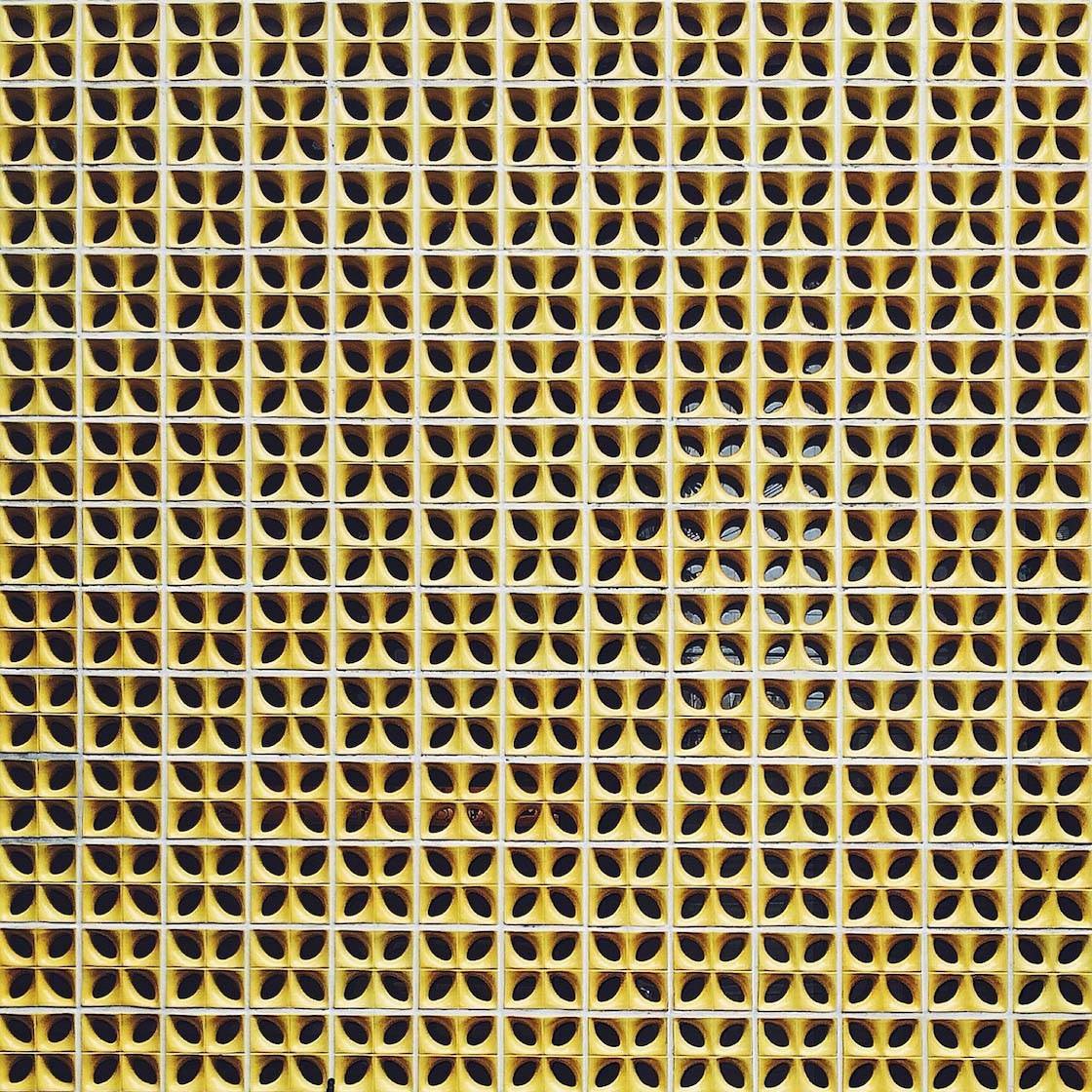
Sometimes when you try to fill the frame, even your best option of angle gives you a slight distortion in perspective and the pattern’s edges are still visible in “the perfect crop.”
For moments like these, there are perspective correction apps like SKRWT that you can use to straighten out the angle of the lines. Using perspective correction apps can really help you improve your images by straightening and aligning the important lines in the scene, but this is a topic for another tutorial!
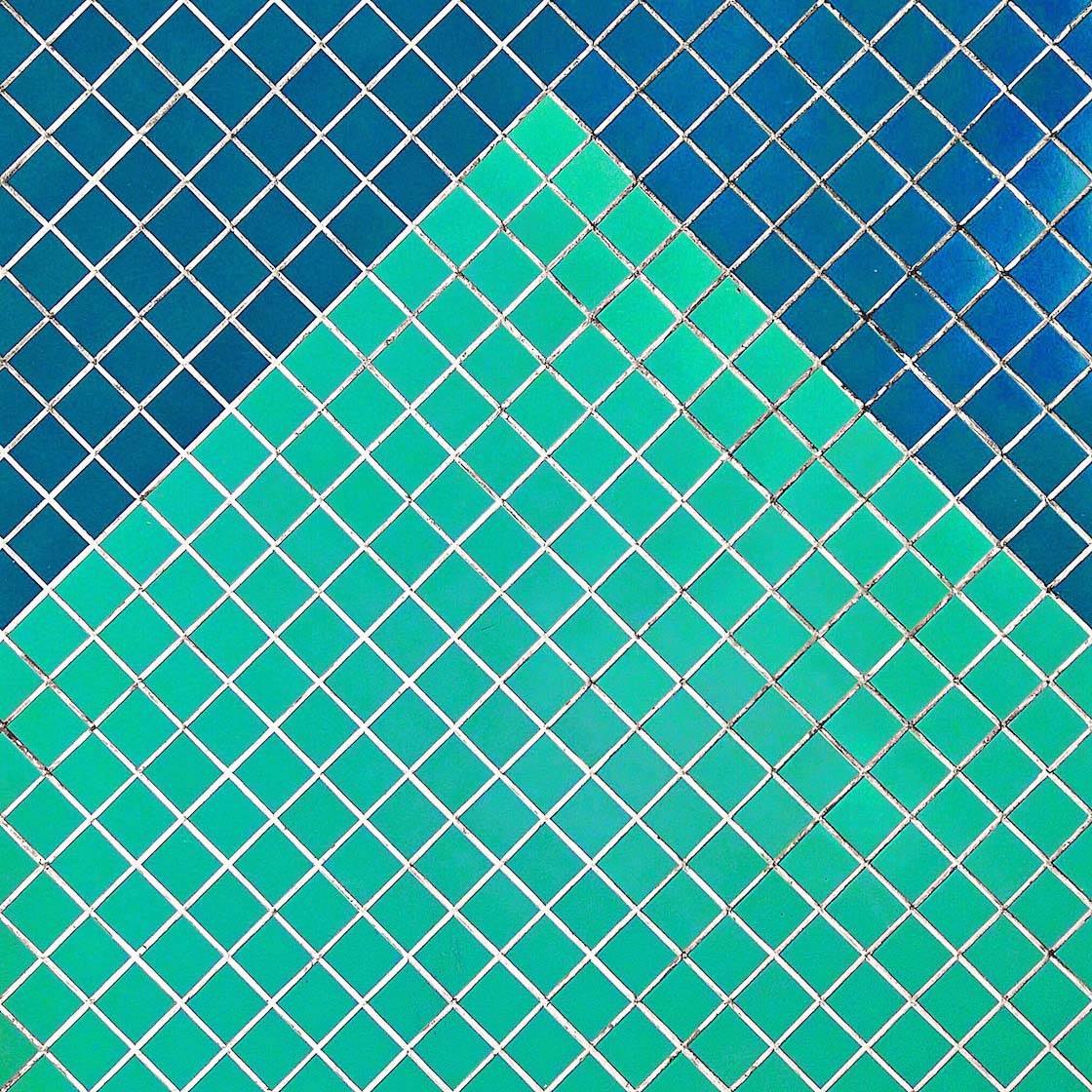
This image shows a man-made decorative arrangement of tiles in two colors. By eliminating the edges of the pattern, it forces the viewer to “dive in” to the image and experience the true spirit and characteristics of the pattern. 
4. Break The Pattern
Breaking the rhythm of a pattern is a powerful way of providing a focal point in the composition. The images below represent two ways in which contrasting elements were used in order to break the pattern and rhythm.
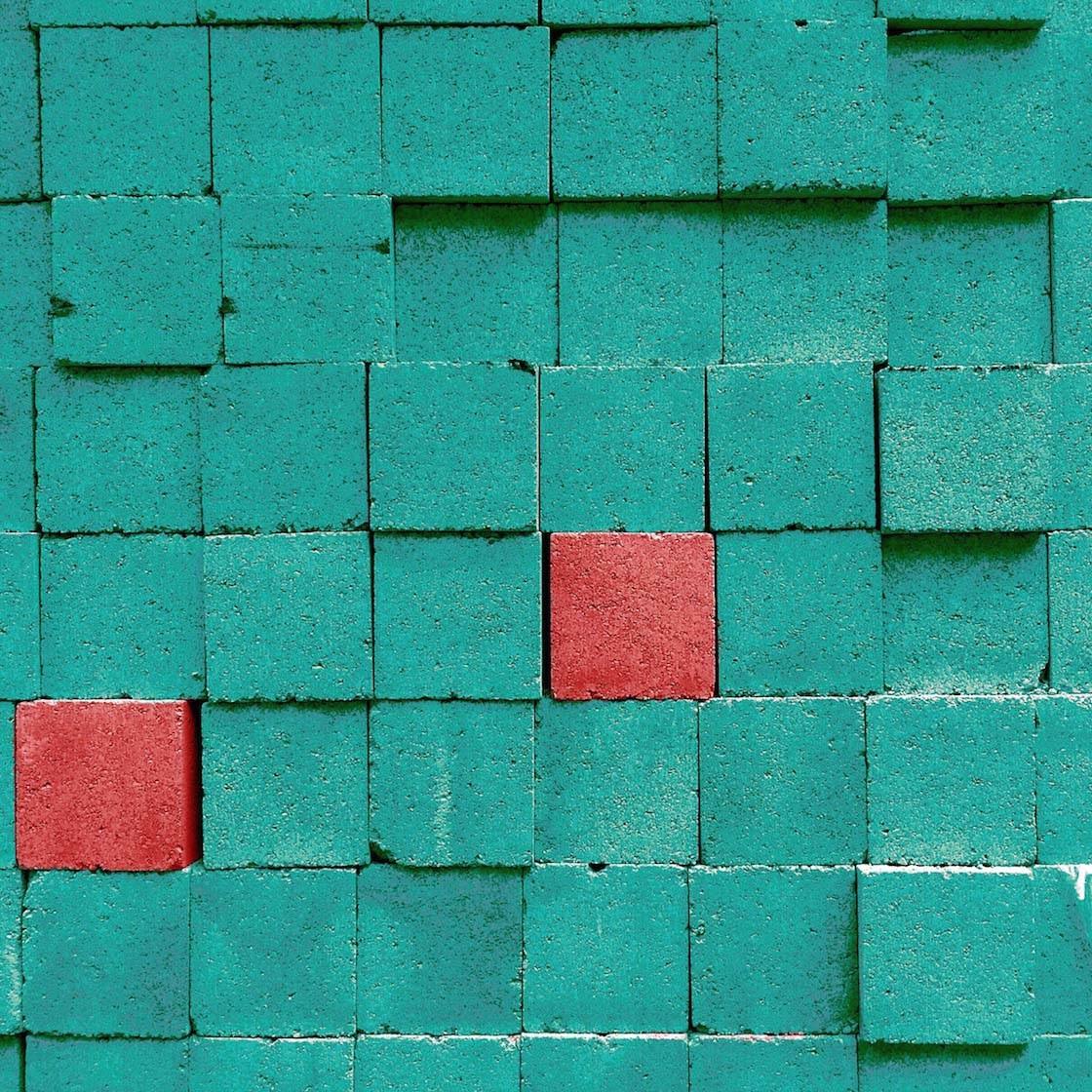
In this first image, the pattern was broken due to the red bricks in the middle of the green ones. Green and red are contrasting colors, opposite each other on the color wheel, which makes the red bricks seem to pop-out next to the green ones.
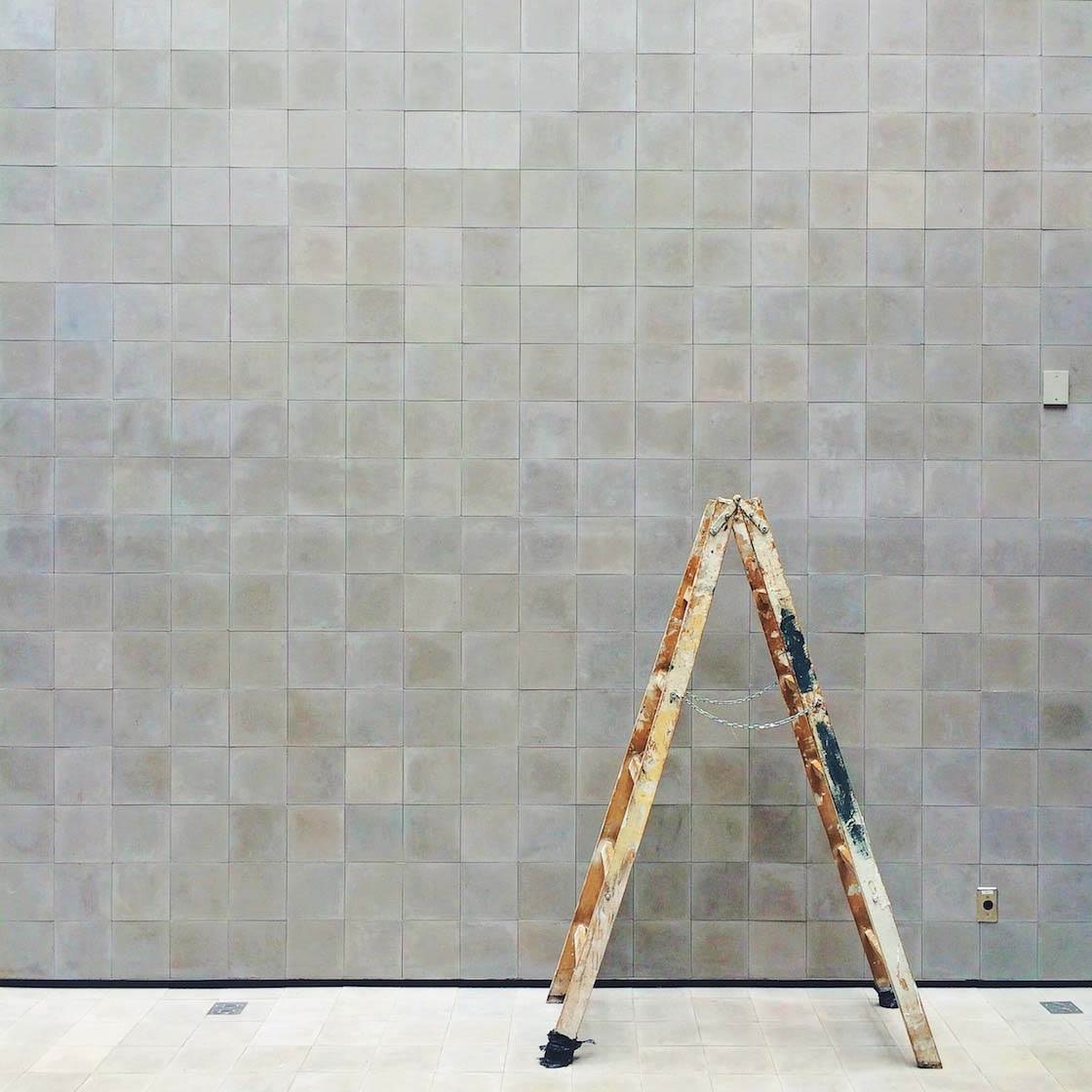
In this picture, a wooden ladder positioned off-center breaks the pattern in the background of the scene. What’s contrasting here is the ladder’s material, color and shape.
While everything else in the composition is monotone, straight and square, the ladder is orange-brown and triangular with converging lines. 
5. Include Objects That Match The Pattern Color
Another fun way to interfere with the pattern in an image is to add another subject with a similar color tone to the picture. This way the additional object doesn’t break the pattern, but it complements and ties the composition instead.

In this picture, the pattern found on the fabric of this outside sofa matches the same color tone as the sneakers. The blue monotone elements complete each other in this composition, providing cohesion and balance to the picture.
6. Use Patterns As A Background
A patterned background works really well when the scene is simple with a strong focal point. A pattern in the background adds secondary interest to the photo, after the main subject.
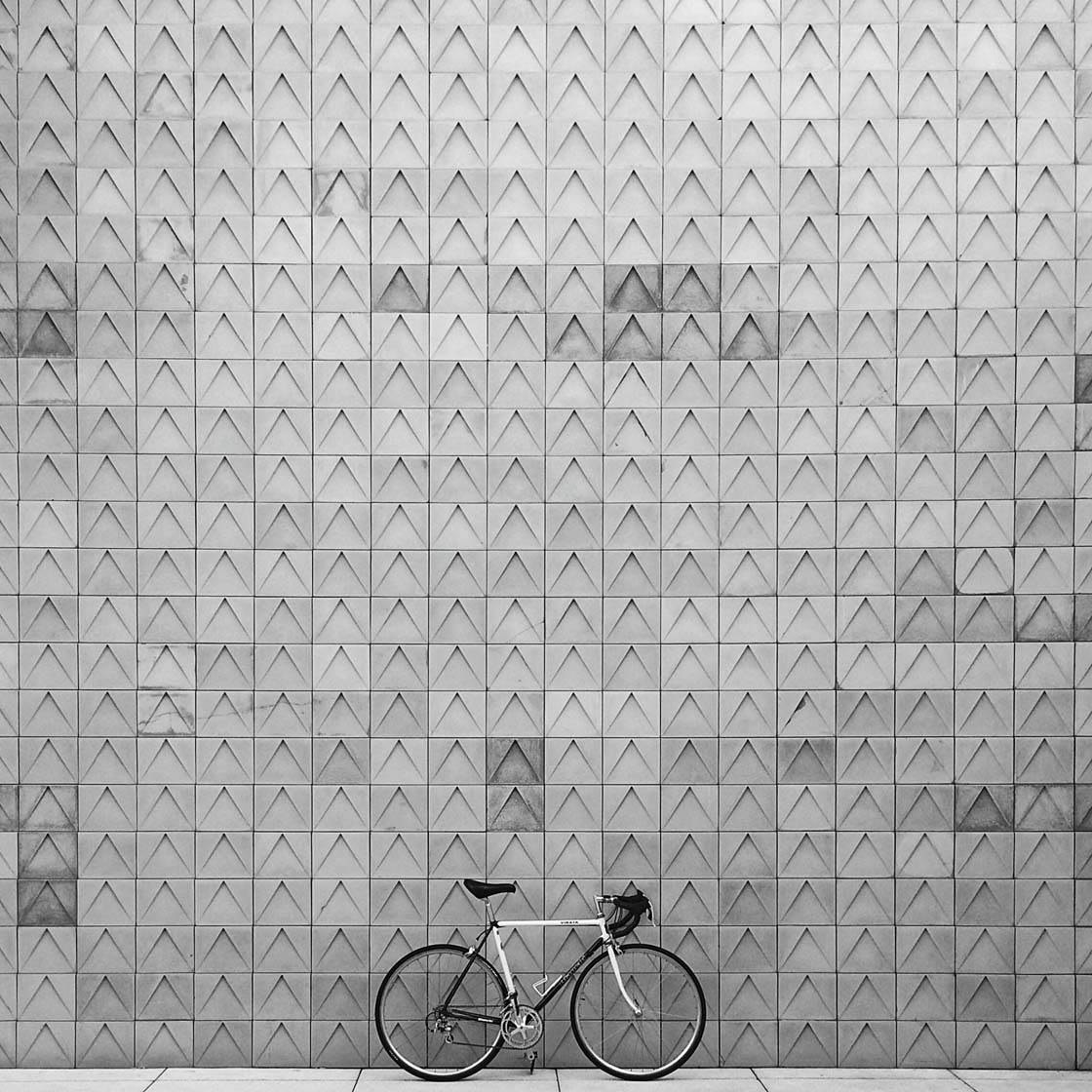
The regular grey pattern of this wall behind a black and white bicycle makes a perfect background for this image. The photo doesn’t need any color because the strong shapes of the pattern provide all the interest you need to complement the main subject.
Including a common object that everyone knows the size of also allows you to convey an idea of the scale of the pattern. Above, the bicycle contrasts with the magnitude of the patterned wall. It helps the viewer to understand the proportion of the pattern.

Patterns also work really well as a form of visual interest in portrait photography. Photographing portraits with a patterned background livens up the picture, adding color and detail to complement the subject. 
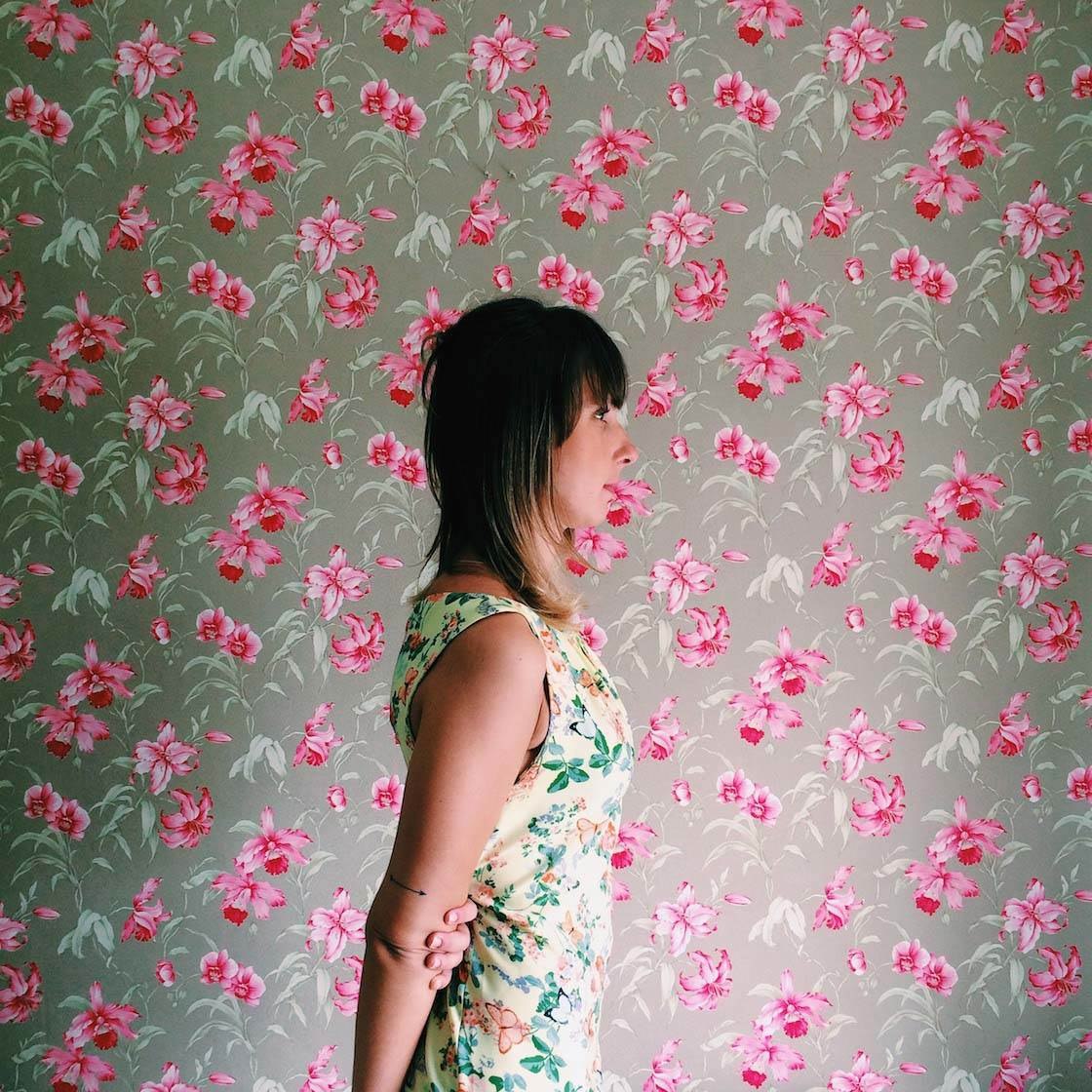
7. Combine Patterns
Another fun technique is to experiment with combining patterns in your photography. They might be tricky to find, and are certainly more difficult to make a composition with, but the end results are usually eye-catching.
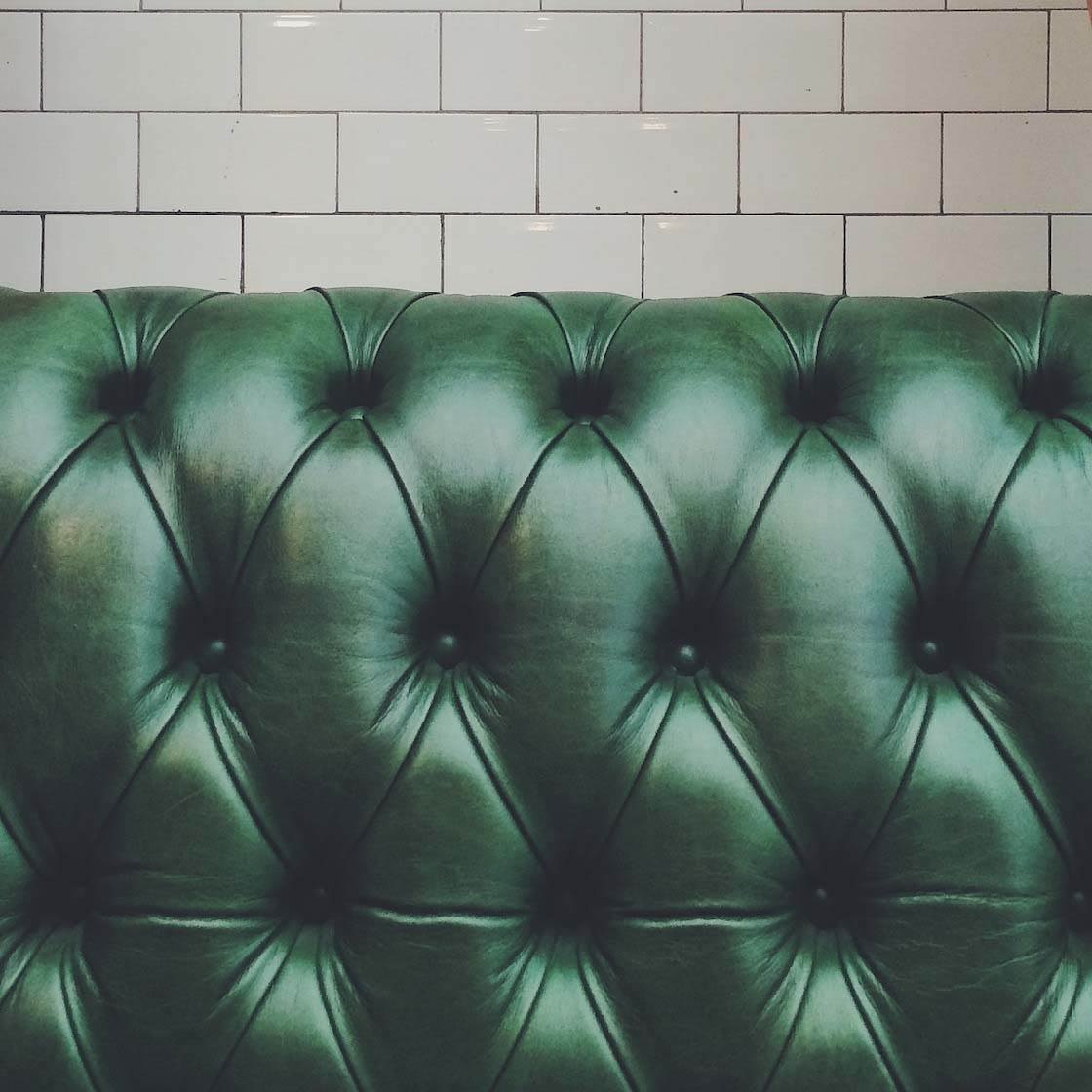
For a captivating and intriguing photograph, use distinct shaped patterns and colors in the composition. This green leather sofa in front of the white tiled wall in a restaurant makes a great combination of patterns and colors.
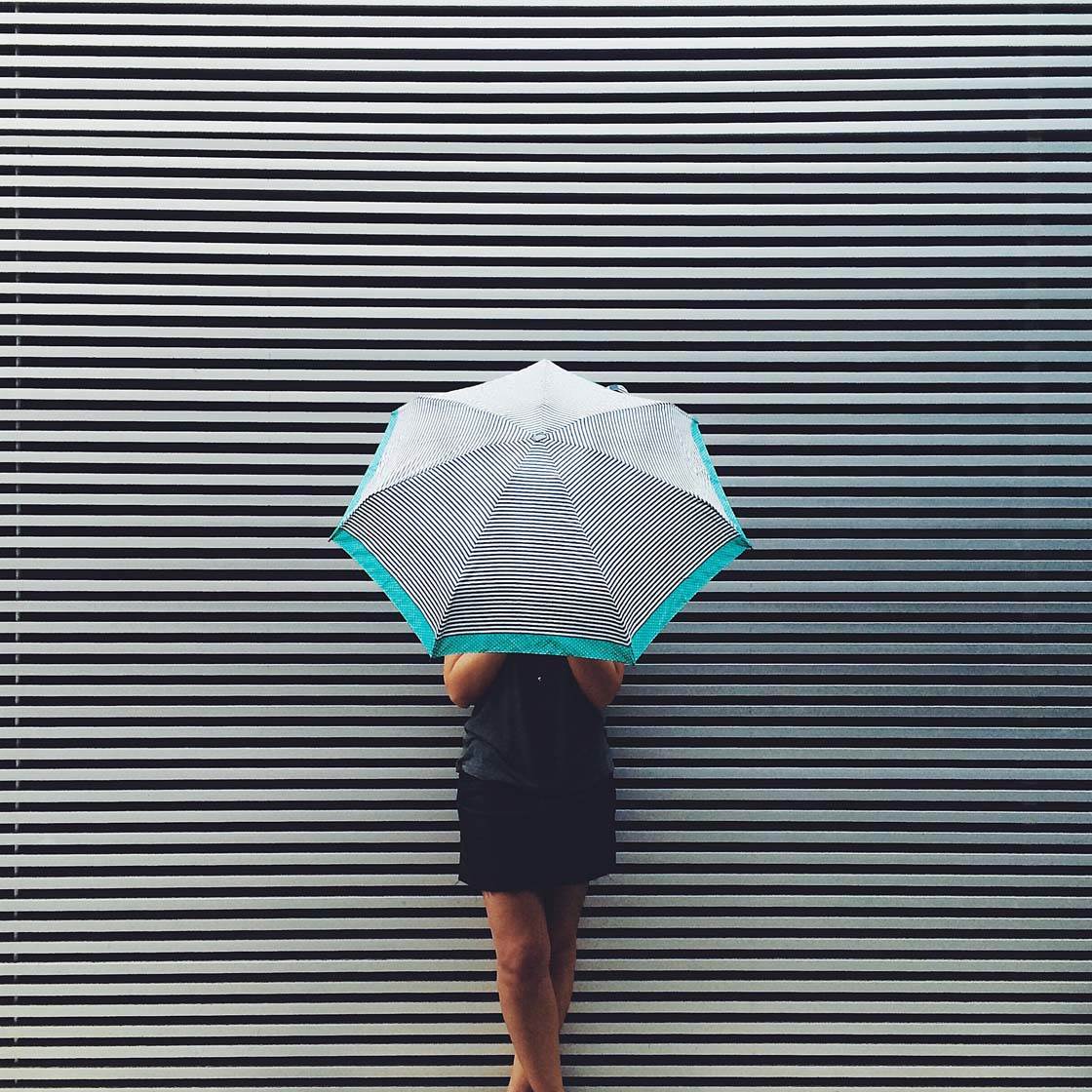
Here the colors and patterns of the background and the umbrella are similar, but the stripes of the umbrella traveling in different directions create a wonderful stripy image with a strong focal point.
Conclusion
So to sum it all up, remember to keep an eye out for patterns and repetition that you usually wouldn’t notice on a day-to-day basis. Always be on the look out for them wherever you go.
When you find the setting you want to shoot, get your iPhone out and try shooting from every possible angle. Experiment with filling the entire frame with the pattern for a more intimate feeling and an abstract effect.
Use additional elements or people in the composition to either break or complement the pattern. Or simply use the pattern as a backdrop for a portrait or other subject.
Get out there, explore your city or the countryside, and photograph the patterns you stumble upon!
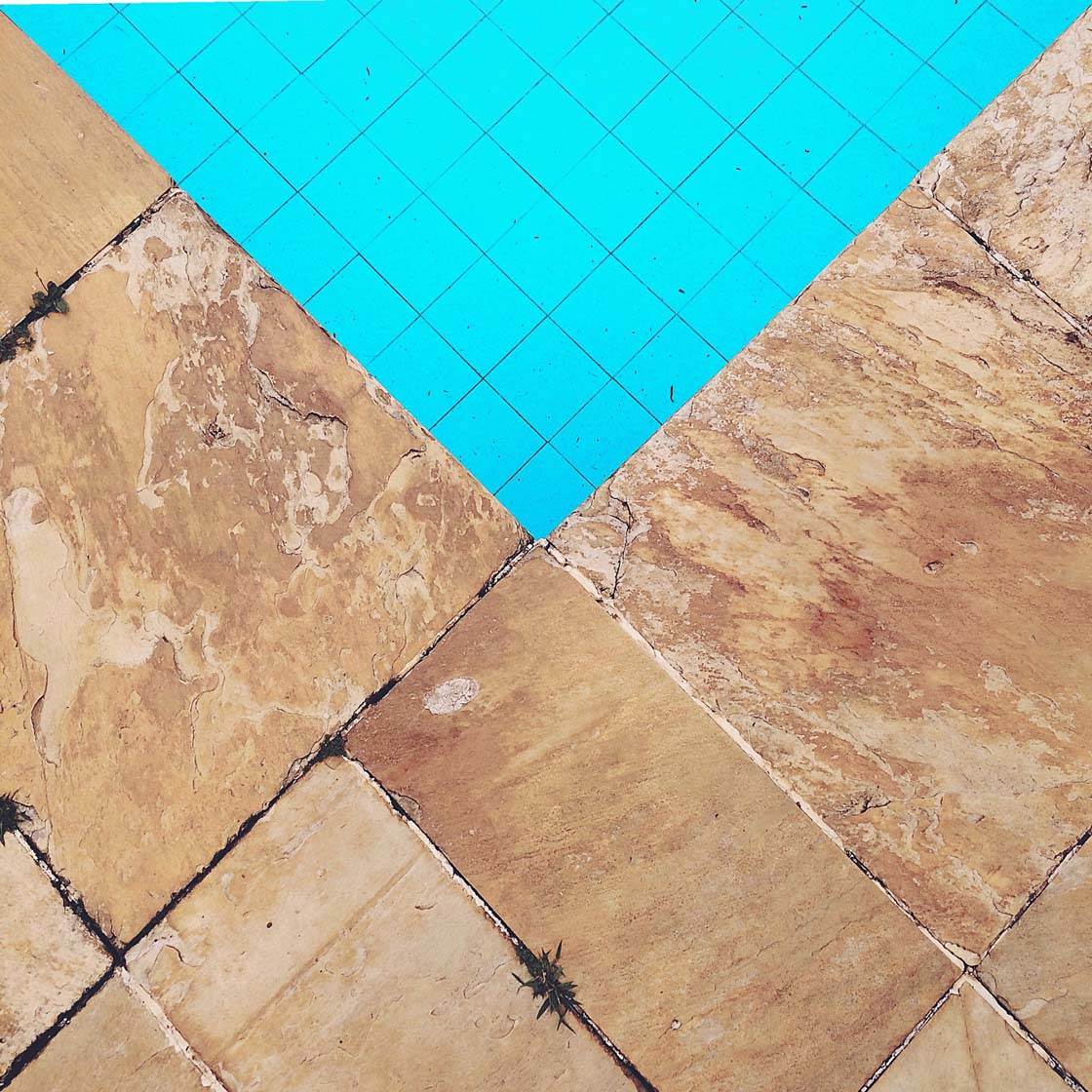


Thanks for these great tips Danny. I love using patterns to create abstract photos with my iPhone 🙂